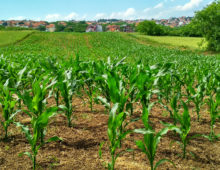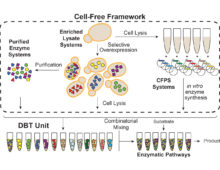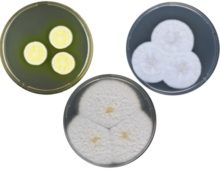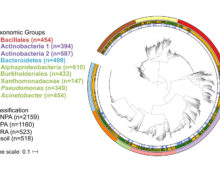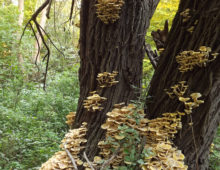Expanding Fungal Diversity, One Cell at a Time
Pilot study demonstrates single cell genomics approach for fungal genomic diversity. They can be found on forest floors, swamps and in houses, ranging in size from smaller than the period on your smartphone’s keyboard to stretching over several city blocks. More than a million species of fungi are estimated to live on this planet, but… [Read More]


